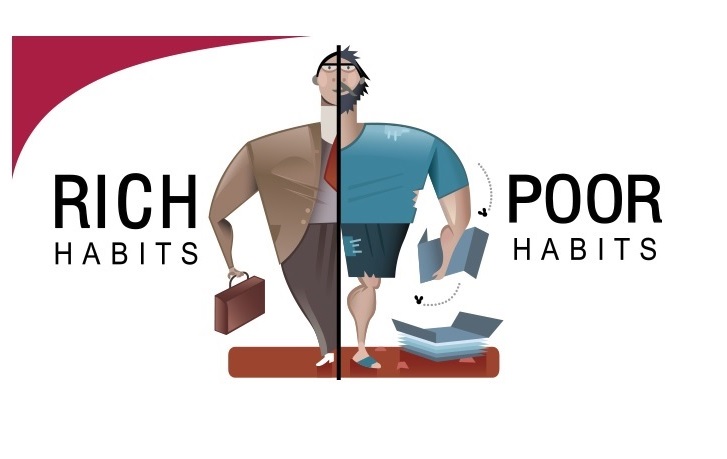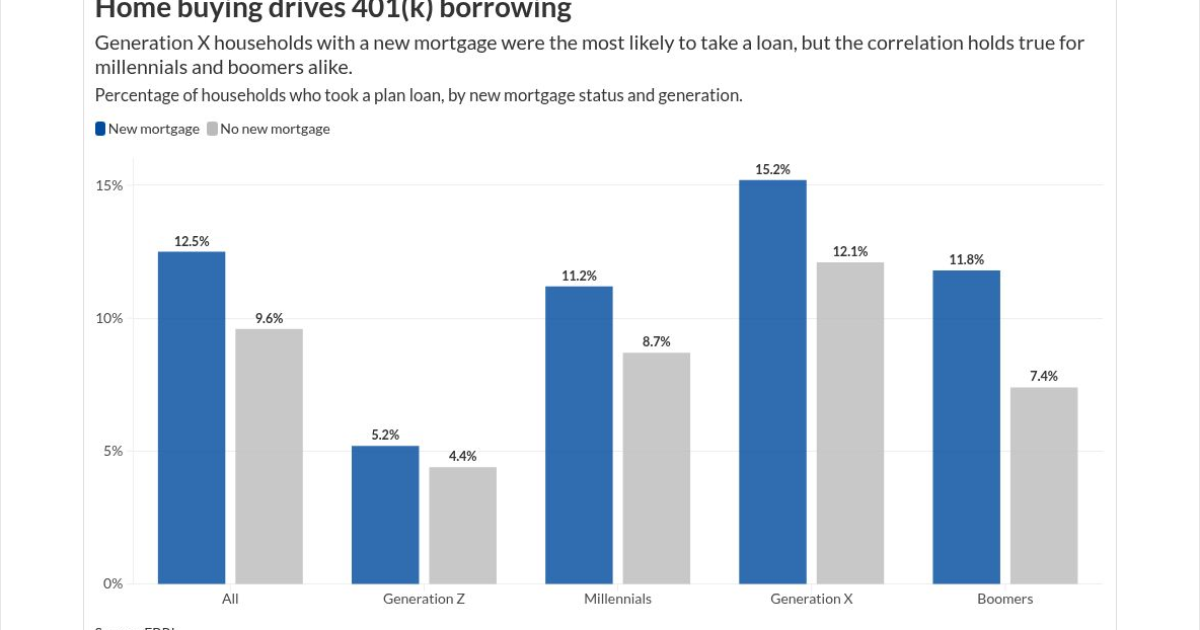You’re not alone if your bank balance keeps shrinking even though you swear you didn’t buy much. Online shopping has become so frictionless that it’s easy to spend without noticing—and companies know exactly how to make that happen. From psychological pricing to hidden checkout tricks, every digital design is built to nudge you toward “just one more purchase.” You think you’re in control, but the algorithms are playing you like a game. Here’s why your digital spending may be quietly draining more than you think.
1. One-Click Checkout Short-Circuits Self-Control
Amazon popularized it, and now everyone uses it—one-click checkout removes the single barrier that once saved your wallet: hesitation. The second you skip the cart review step, you skip the reflection step. That pause was where logic used to live. Researchers say frictionless buying triggers the same dopamine release as a slot machine win. The faster you spend, the less you feel the cost.
2. Personalized Ads Know Exactly When to Tempt You
Those “just-for-you” product recommendations aren’t coincidences—they’re AI-powered persuasion tools. They track your scrolling, time of day, and even emotional patterns. Ever noticed how luxury ads appear when you’re tired or bored? That’s behavioral targeting in action. Every click feeds a data model designed to make your next purchase irresistible.
3. “Limited-Time” Discounts Aren’t Really Limited
Flash sales, countdown timers, and “only two left” messages create artificial urgency. In reality, many of these deals reset daily or rotate across product categories. The fear of missing out makes your brain prioritize speed over reason. Psychologists call it scarcity pressure, and it’s one of the most powerful spending triggers online. If you wait 24 hours, most “last-chance” deals reappear.
4. Free Shipping Thresholds Trick You Into Spending More
It’s the oldest e-commerce trap—“Spend $75 for free shipping.” Instead of saving money, most shoppers add unnecessary items just to hit the target. Retailers count on this, setting the threshold just above their average cart value. It’s the illusion of saving that costs you extra. You didn’t dodge a shipping fee—you bought $20 worth of stuff you didn’t plan on.
5. Digital Wallets Make Money Feel Abstract
Paying with Apple Pay, PayPal, or Afterpay doesn’t feel like spending cash. Studies show people spend up to 25% more when using digital wallets because they don’t experience the “pain of payment.” The separation between buying and paying numbs your financial awareness. It’s convenient—but convenience is rarely free. When purchases are invisible, discipline disappears.
6. Subscription Renewals You Forgot About
The average American now has 12 paid subscriptions, many auto-renewing quietly each month. Streaming services, software trials, and even grocery memberships all bill automatically. Companies hide cancellation links behind multiple clicks or require you to call customer service. Reviewing your statements quarterly can reveal dozens of dollars leaking away in forgotten subscriptions.
7. Social Shopping Blurs the Line Between Browsing and Buying
Platforms like Instagram and TikTok have turned scrolling into shopping. Influencers tag products mid-video, and checkout links appear before you can finish watching. You’re emotionally invested before you’ve even processed the price. This “content-commerce blend” is engineered for impulse. It’s not window shopping—it’s algorithmic ambush.
8. Buy Now, Pay Later Feels Safer Than It Is
Splitting payments into four installments sounds budget-friendly, but it creates a false sense of affordability. Many users juggle multiple BNPL plans without realizing their true monthly obligations. Miss one payment, and late fees erase any convenience. The model thrives on your optimism—and your forgetfulness.
Why Awareness Is Your Strongest Financial Tool
Online overspending isn’t about lack of willpower—it’s about design. The digital world is built to separate you from your money as smoothly as possible. The solution isn’t deleting every app; it’s rebuilding friction: remove saved cards, wait 24 hours before checkout, and unsubscribe from “deal of the day” emails. Awareness adds the pause that technology erased.
Have you ever reviewed your statements and been surprised by how much you’ve spent online? What’s your worst impulse buy story? Share it below!
You May Also Like…
Coupons vs. Promo Codes: Which Saves More When You’re Shopping Online?
5 Ways to Stay Safe When Browsing Online Financial Offers
Should You Ever Invite an Online Friend Into Your Home?
Why a Free, No-Logs VPN Is the Smartest Choice for Online Privacy
10 Things You’re Doing Online That Could Jeopardize Your Retirement Accounts

























